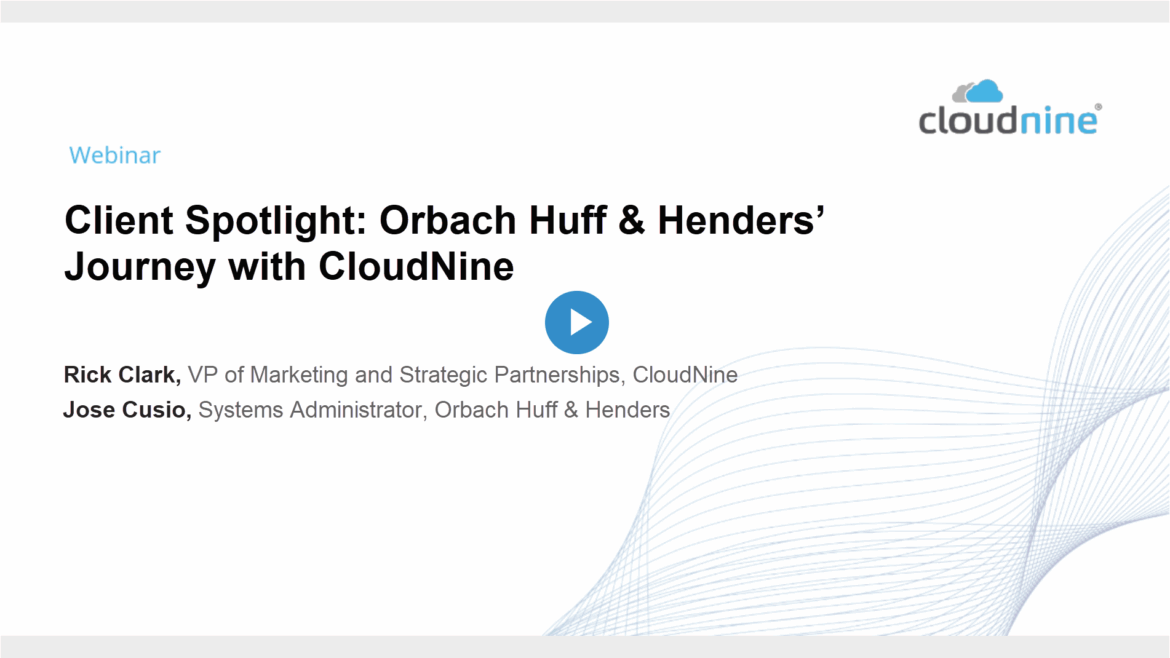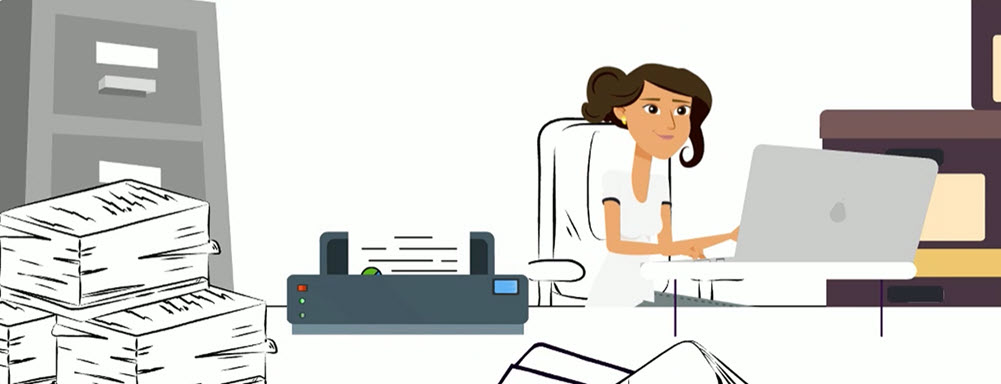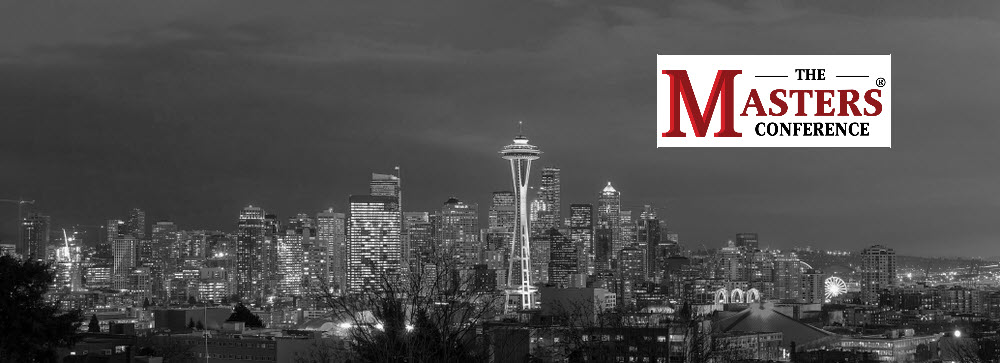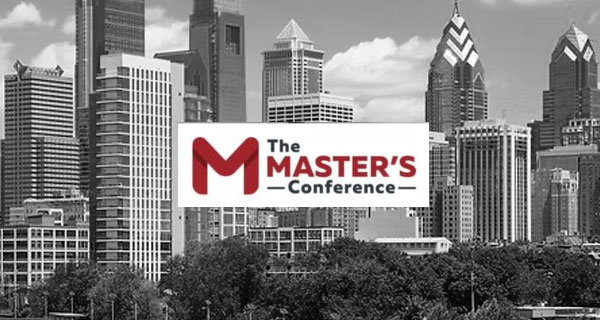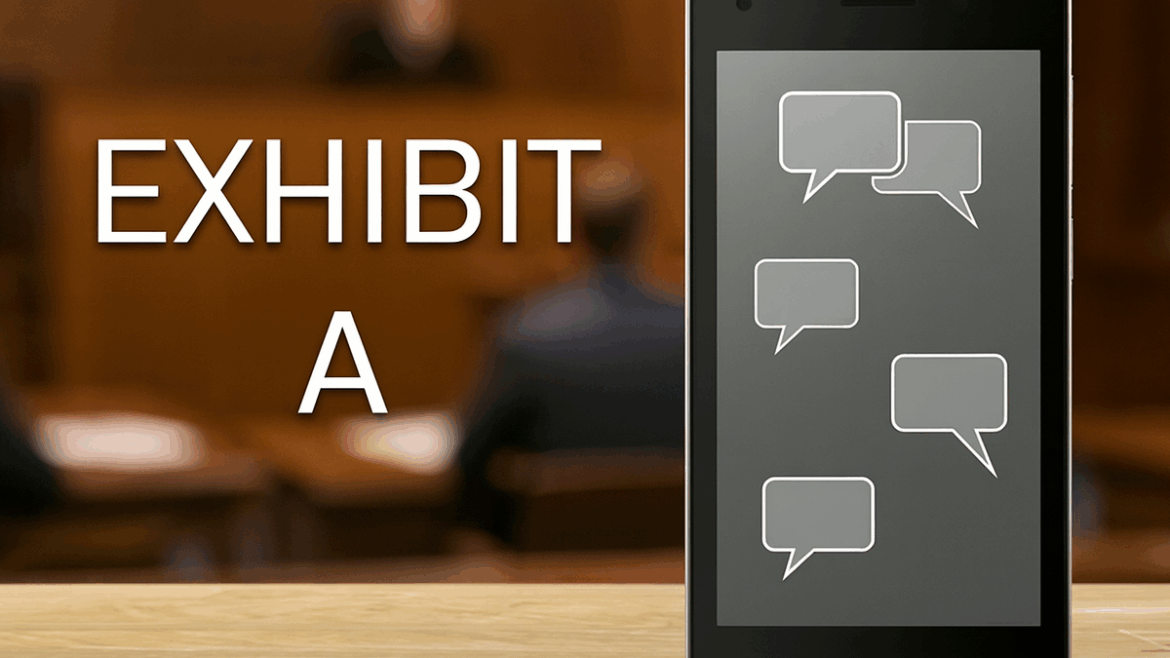CloudNine Review On-Premise is Coming in 2026!
For more than a decade, the industry narrative has been clear: everything is moving to the cloud. And while cloud-based eDiscovery platforms like CloudNine Review continue to grow in capability and adoption, the reality inside many organizations tells a more nuanced story.
Not every workflow can, or should, move to the cloud.
That’s exactly why on-premise processing and review remains not only relevant in 2026, but essential.
As legal teams, law firms, and government agencies face increasingly complex data landscapes, on-prem environments continue to offer unique advantages that the cloud alone can’t replicate. Before racing toward “cloud-only” strategies, it’s worth recognizing the critical needs driving organizations to maintain robust on-prem infrastructure.
Why On-Premise eDiscovery Endures
◊ Costs Controlled With ZERO Hosting Fees
Cloud scalability is powerful, but consumption-based pricing can leave teams guessing.
For organizations managing large collections or recurring high-volume workloads, on-prem infrastructure delivers predictable performance at predictable cost without the risk of unexpected data expansion spikes.
◊ Full Control Over Data
For agencies with strict governance requirements, corporations in highly regulated industries, or firms handling particularly sensitive matters, maintaining absolute control over data isn’t a preference, it’s a mandate by the corporate client.
On-prem solutions allow teams to know exactly where their data resides, how it’s handled, and who has access at every moment.
◊ Secure, In-House Processing
Some data can’t leave the building.
Whether due to security policies, legal restrictions, or internal compliance frameworks, many organizations must keep processing and review fully contained within their own walls. On-prem platforms ensure defensible, auditable processing while minimizing external exposure risks.
◊ Configurable Workflows for Complex File Types
Modern data continues to change faster than many cloud platforms can adapt. From proprietary databases to niche file types to sprawling legacy systems, on-prem environments give technical teams the freedom to tune, script, or customize workflows to handle complexity head-on without waiting for cloud release cycles.
CloudNine LAW: Built for the Work That Must Stay On-Prem
For teams with these requirements, CloudNine LAW remains a mission-critical solution. It brings together:
- Speed for high-volume ingestion and processing
- Flexibility to adapt to unique or specialized workflows
- Defensibility backed by proven reliability and auditability
As the industry continues to modernize, LAW stands as a trusted anchor for the parts of eDiscovery that must remain in-house to remain compliant, controlled, and cost-effective.
On-Prem Isn’t Going Anywhere, And 2025 Proved It
The future of eDiscovery is hybrid, and we learned this year that on-prem plays a foundational role in that balance. As we count down to 2026, one thing is clear: the organizations that rely on secure, controlled, high-volume processing will continue to depend on on-premise platforms as a core component of their workflows.
Stay tuned as we explore how on-prem solutions like CloudNine LAW and CloudNine Review will continue to power the most demanding eDiscovery environments and why they’re more relevant than ever.


